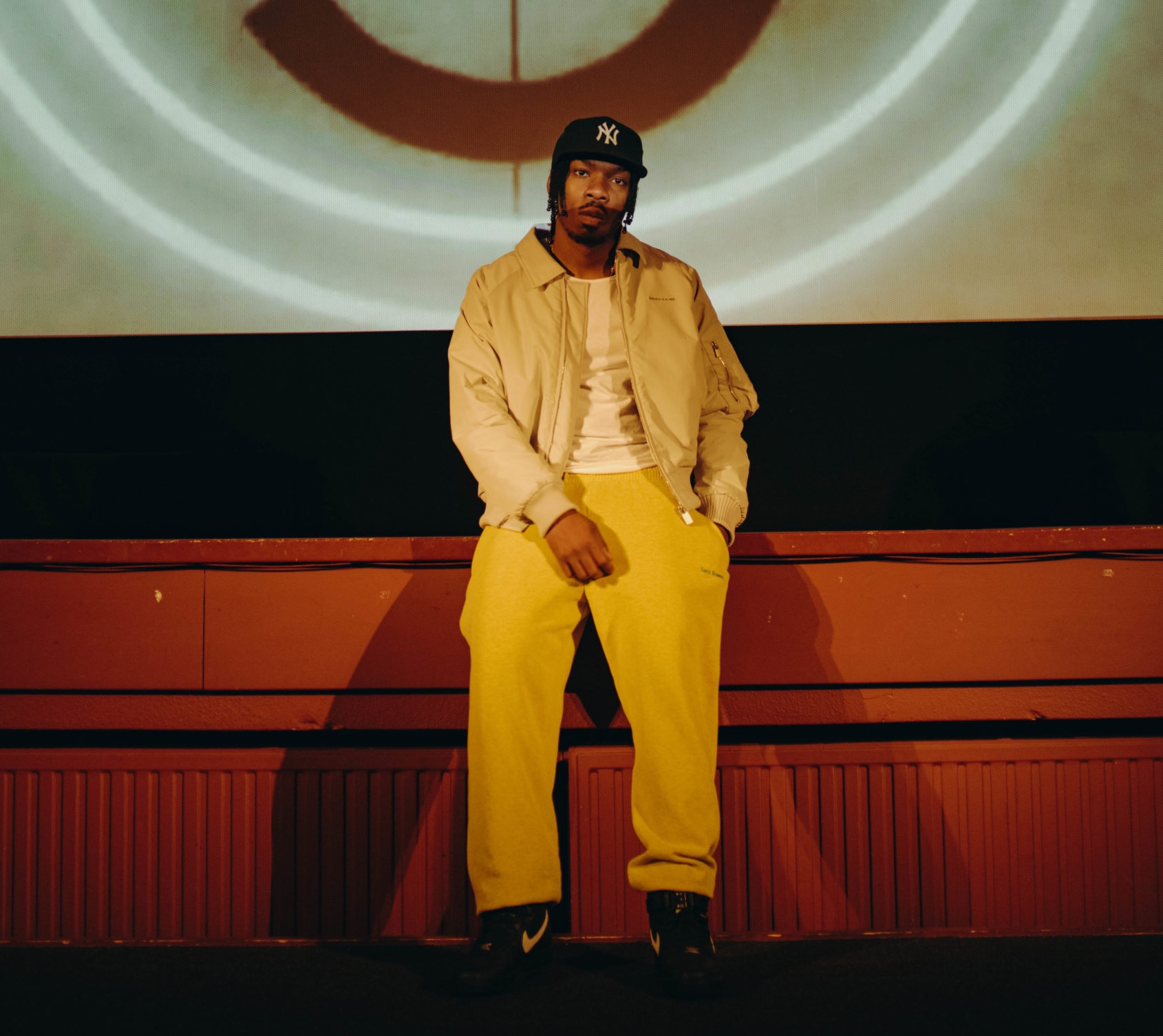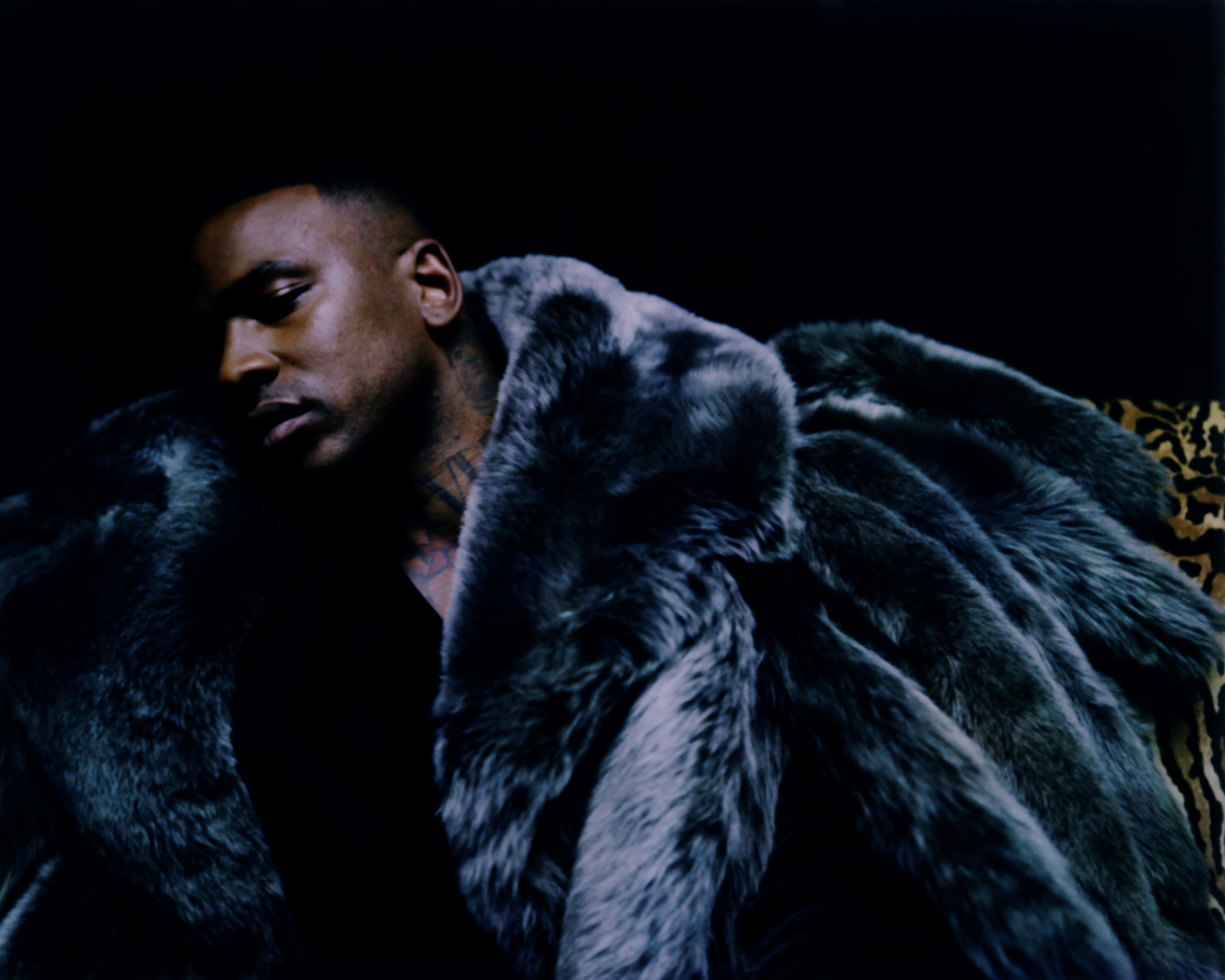
With Moses, you don’t just see a photograph and recognize the subject; you recognize him
With Moses, you don’t just see a photograph and recognize the subject; you recognize him
When you first see a Gabriel Moses frame, you don’t just look—you pause. It’s the pause that happens when art feels like memory and prophecy at once.
A face half-hidden in shadow, skin gleaming like gold dust, motion slowed to near-silence. In those few seconds, you realize: this isn’t fashion photography. It’s ritual.
Born in South London of Nigerian heritage, Moses began shooting from his teens. Firstly, friends playing football, then bigger canvases. At 18 he was hired by Nike, and soon became the youngest photographer to shoot a cover for Dazed magazine.
His first major solo exhibition, Selah, opened at 180 Studios in London, presenting over 70 photographs and 10 short films—a full-scale world-building exercise rooted in heritage, identity and visual myth.

Moses’s signature isn’t about fast cuts and flash. It’s about slow light, rich texture, and bodies posed like icons in a cathedral of modern youth. His palette is deep: browns, golds, shadows, skin that glows. His compositions lean toward reverence, not spectacle.
He describes his work as an homage to the women in his life—his mother, sister, grandmother and to his Nigerian roots, all refracted through South London’s urban rhythm.
In a world where photography often chases “look at me”, Moses asks you to stay with him. His rebellion is quiet: in refusing the noise, he amplifies meaning.
“The Last Hour” (2025): A short film commissioned by 180 Studios in which a protagonist wakes with a ticking time-bomb on his chest—a metaphor for mortality, legacy and urgency. Moses returns to his obsession with purpose and stillness in motion.
Exhibition Selah (2024–25): Two floors of 180 Studios filled with photographs and films that traverse fashion, sport, music – all under Moses’s visual grammar of memory and myth.
Monograph Regina (2024): A book published by Prestel, Regina collects his major works to date, offers essays and conversations with heavyweights (like Nick Knight, Skepta, Samuel Ross) and establishes Moses’s authorship in a physical form.

In the era of algorithm-feeds, infinite scroll and trending visuals, it’s easy for an image-maker to feel like one more voice in the noise. But style isn’t about being loud. It’s about being recognisable.
With Moses, you don’t just see a photograph and recognise the subject; you recognise him. The hue, the pose, the silence between the frame’s edges.
For creatives (whether photographers, filmmakers, designers), his career holds this lesson:
Gabriel Moses stands at the intersection of street culture and sacred ritual, of skin and shadow, of heritage and horizon. His images feel ancient yet born yesterday.
For the creative soul trying to carve space in the noise: watch what he does. Notice how he doesn’t fight the algorithm—he simply out-thinks it.
In his frames, the future isn’t loud. It’s deliberate. It’s patient. And maybe that’s the kind of signature the world still needs: not louder, just clearer.
Comments